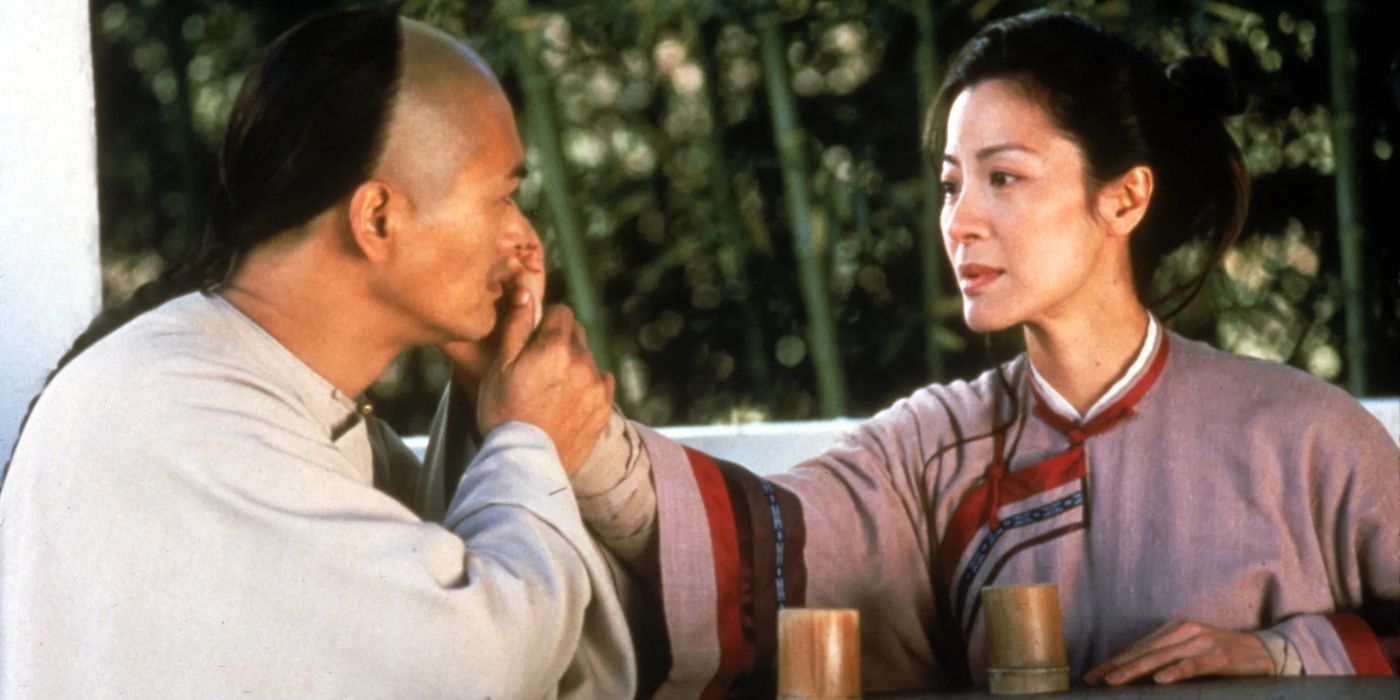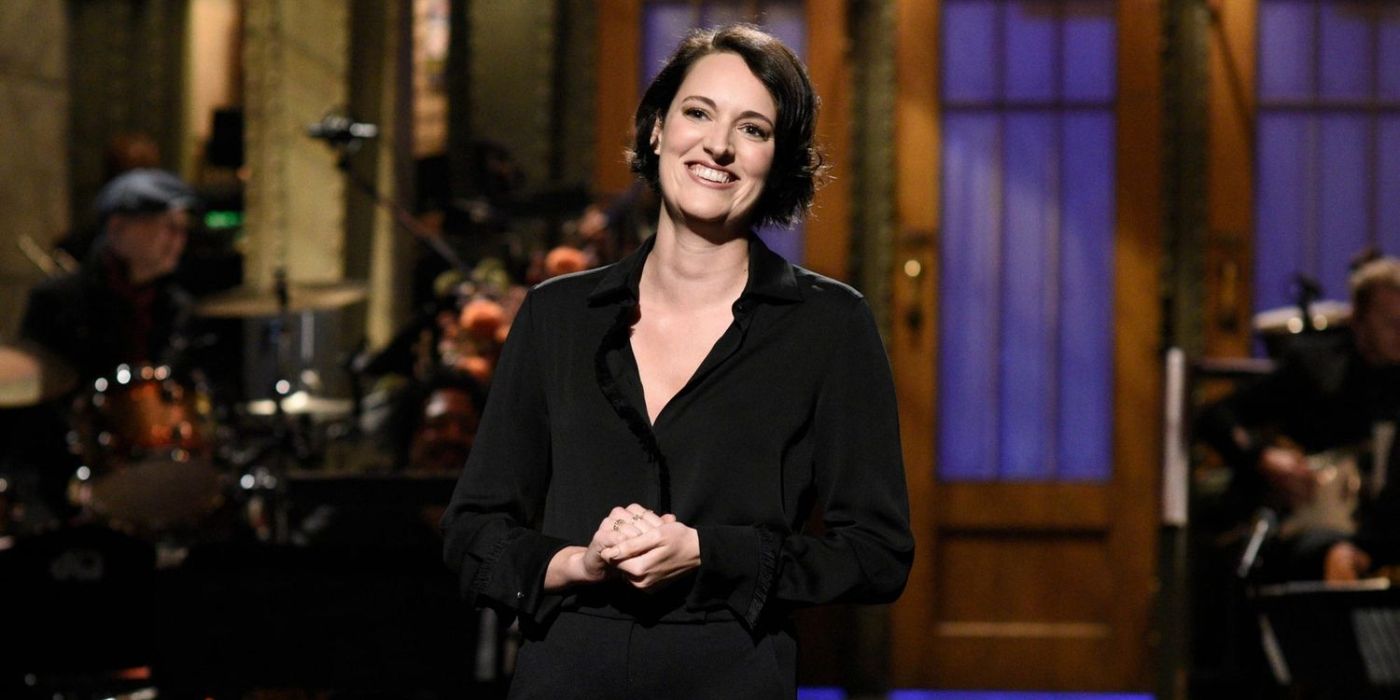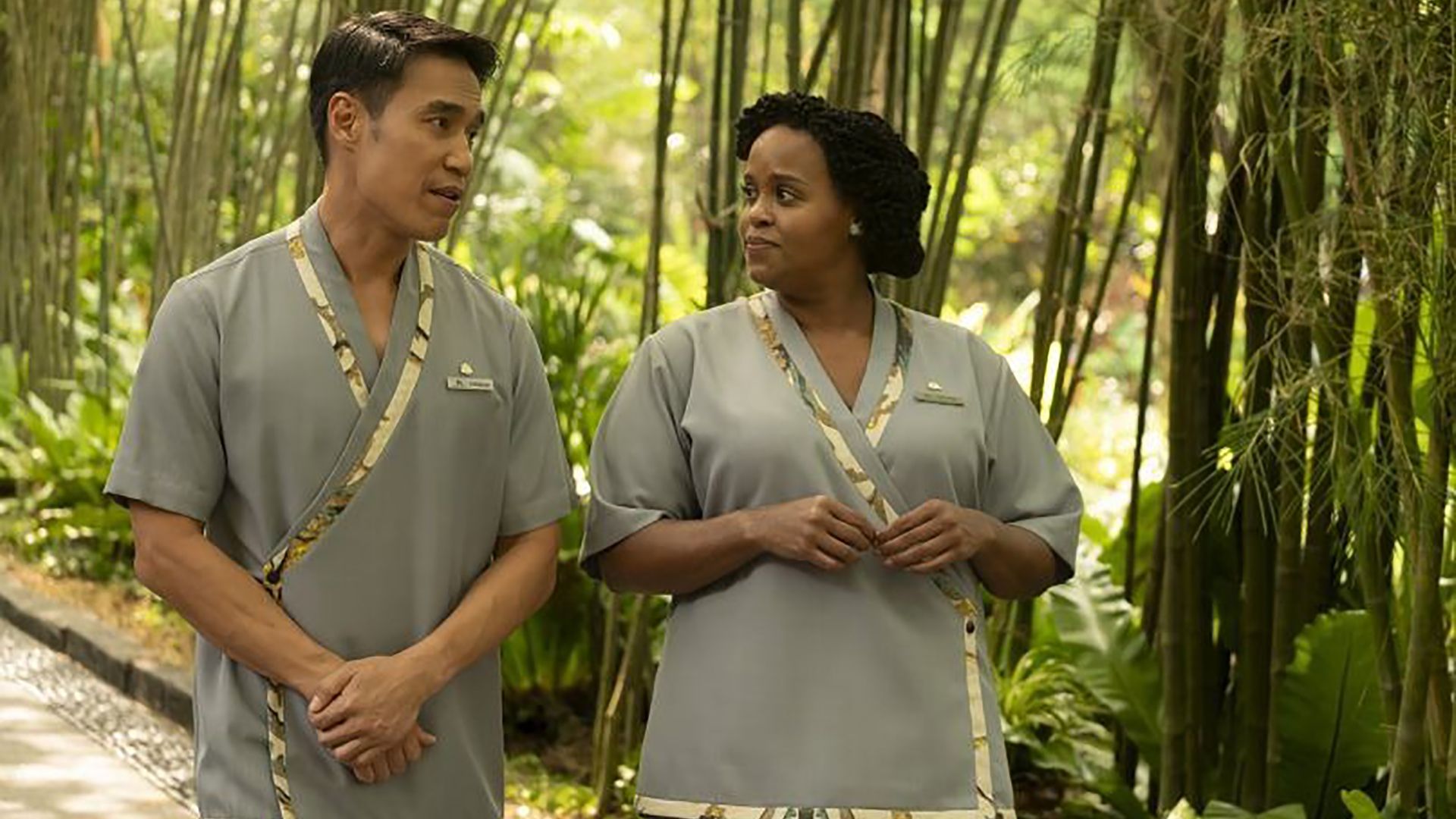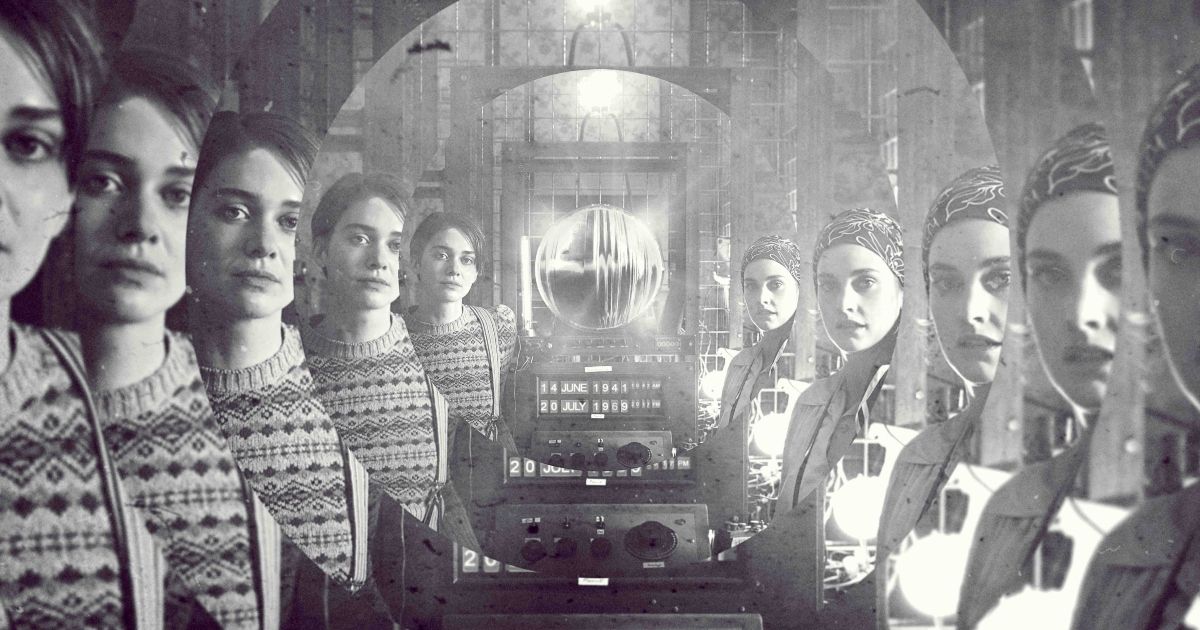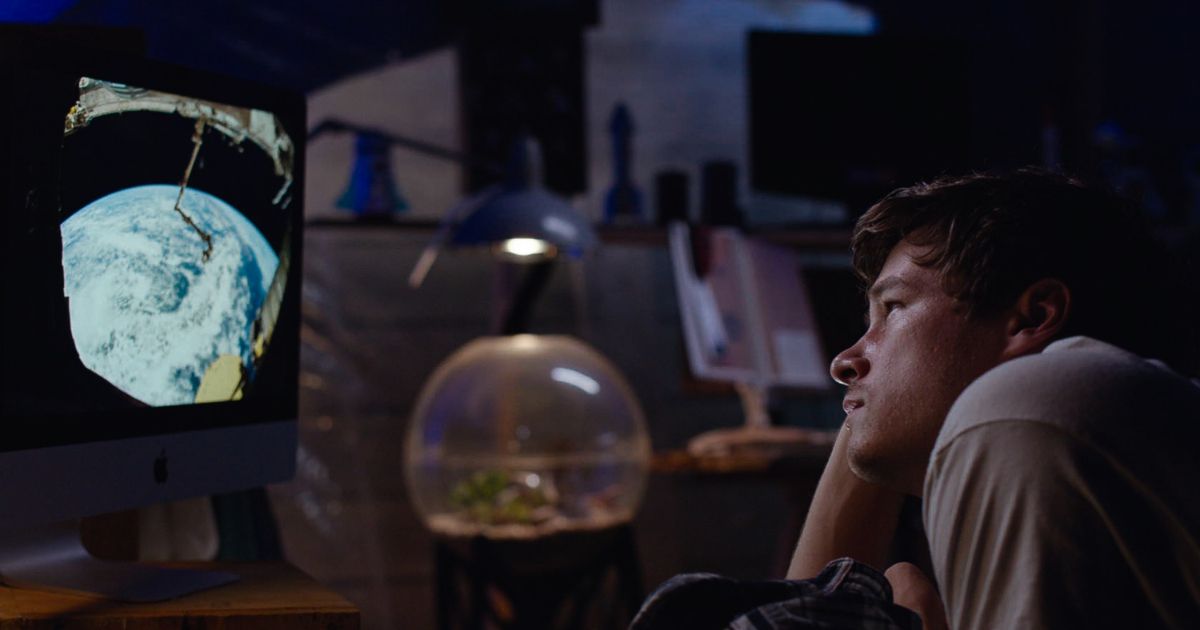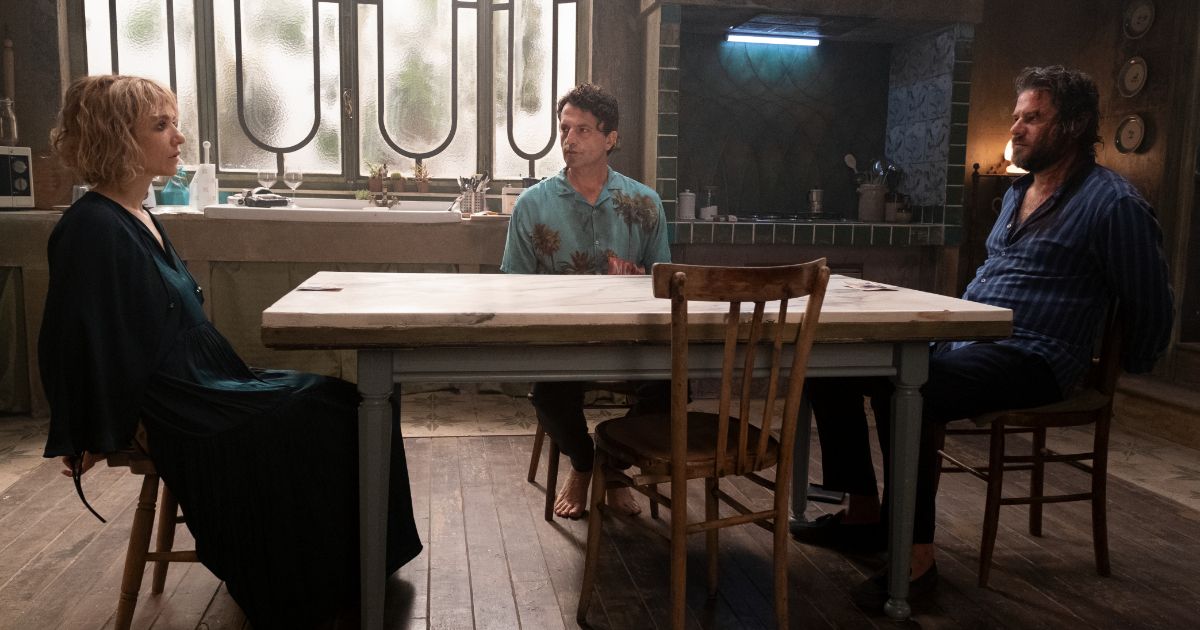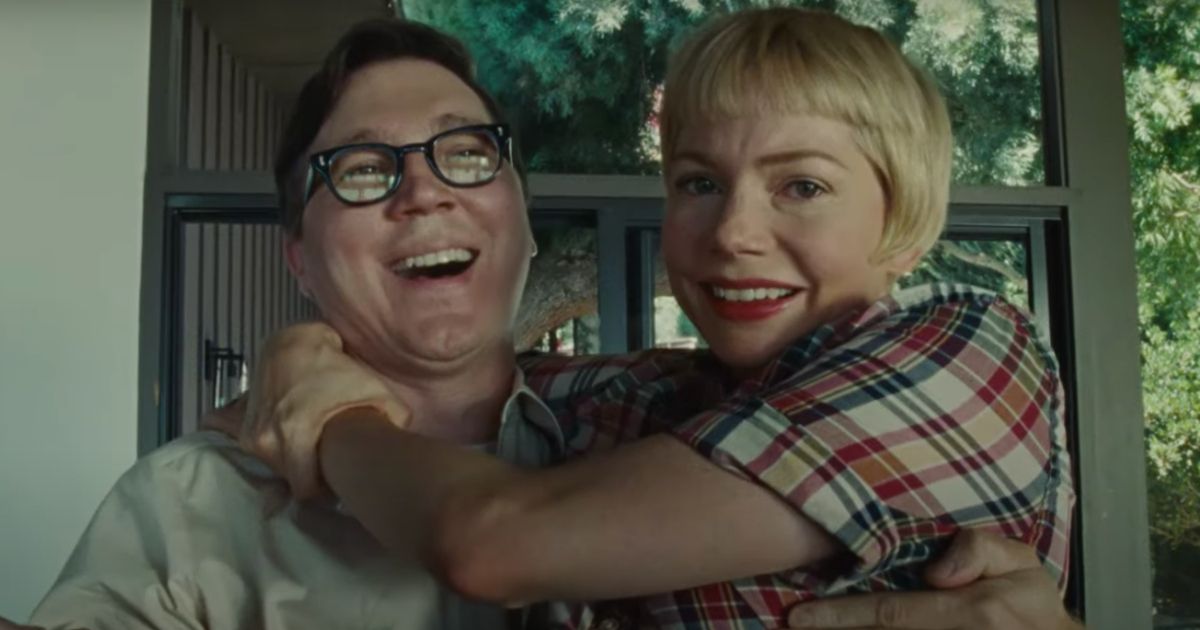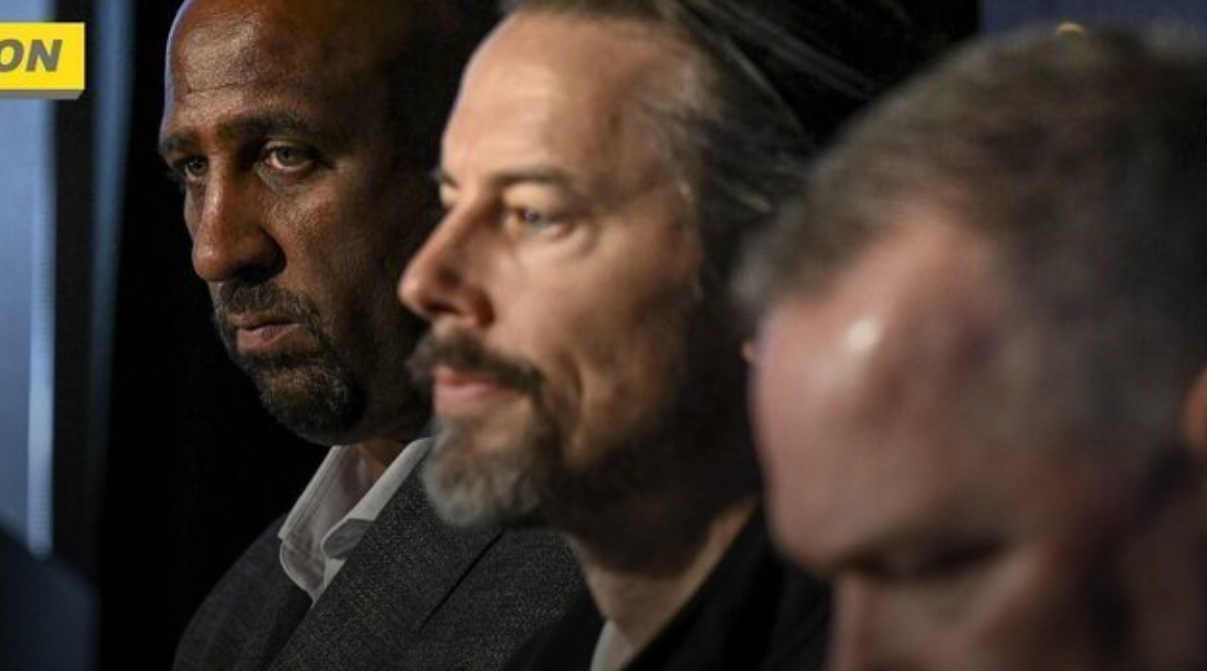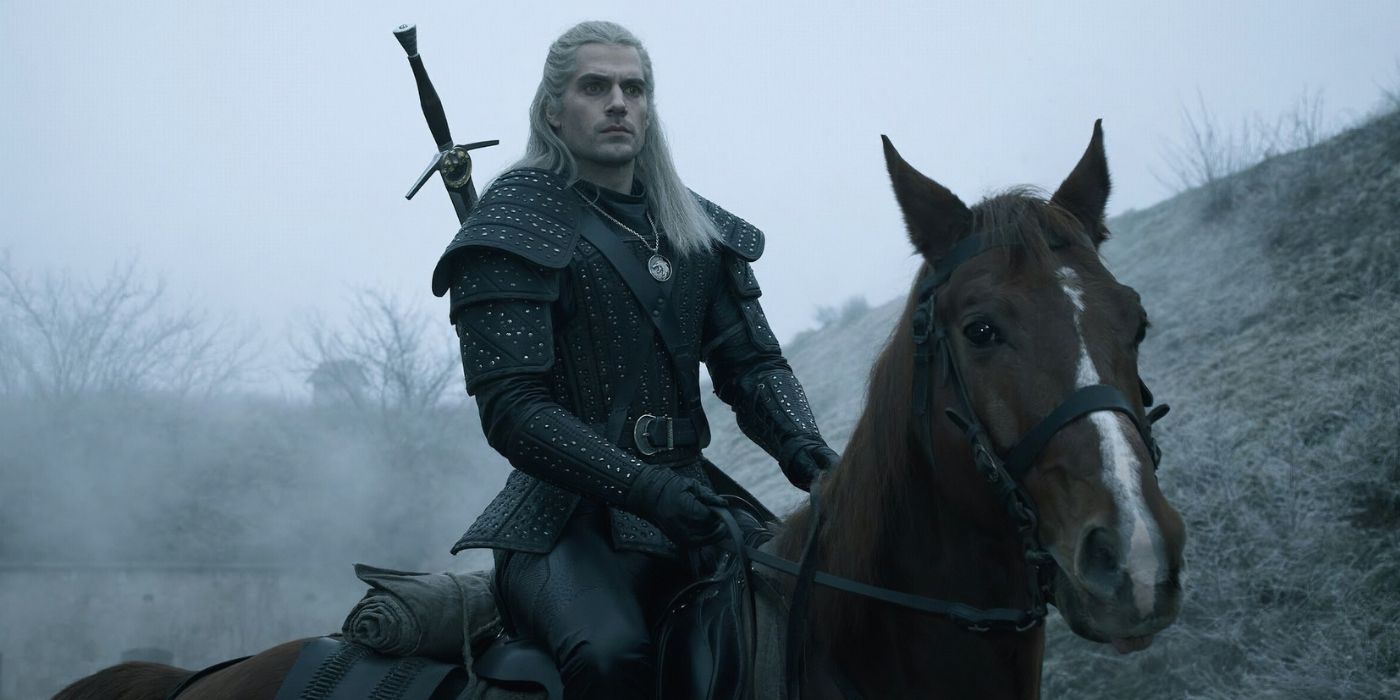The constant conundrum of time travel films can be summarized succinctly — if someone changes the past in any way, then that action will have ripple effects which completely change the future; what happens to the future when you change it out of existence? That’s the essential paradox of time travel, and it’s just as complicated in a multiverse with free will as it is in one deterministic linear universe. Time travel is thus more complicated than most people think.
Some films actually treat time travel with the respect it deserves, such as Primer, which meticulously grapples with the ramifications of even the smallest jumps in time. The new film LOLA, directed by Andrew Legge and written by Legge and Angeli Macfarlane, is another great example. LOLA takes the concept of time travel very seriously, even if it is injected with a kind of whimsy and fantasy. It’s a confounding film that refuses to be confined in one box; it’s a magical realist sci-fi rom-com that’s ultimately a World War II drama, and it’s excellent.
It’s also a found footage film, and resurrects the subgenre with more ingenuity and uniqueness than it’s had in years. That’s mostly because it exists as edited home movie recordings from the late 1930s and 1940s, using era-appropriate cameras like the Bolex and the Newman Sinclair, solely with 16mm and 35mm film. Archival and found footage is incorporated, and compositing is used to manipulate it. The total effect is an alternate reality told through two sisters’ home movies, which show how they created a very different kind of time machine and changed the trajectory of World War II and history as a whole. It’s a strange little masterpiece.
An Incredibly Unique Time Travel Tale
Dark Sky Films
LOLA isn’t quite an experimental film, but it is a very different one. It’s a grainy, black-and-white movie with the intentionally clumsy handheld aesthetic characteristic of found footage, and the only real way it orients you into its world is with the sole bit exposition in the film, with an intertitle that reads:
In 2021, a cache of film reels was discovered in the cellar of a country house in Sussex, England. The film appears to be a broadcast recorded in 1941.
And then the scratchy Bolex film begins, immediately launching you into the dreamy perspective of two brilliant sisters, Thom and Mars. They live alone in their massive country estate, adorned in 200-year-old silk wallpaper, left by their deceased parents. The pair (played elegantly and hypnotically by Emma Appleton and Stefanie Martini) are obviously reclusive geniuses, working away in their secluded home and enjoying only each other’s company.
Related: These Are the Best Movies That Got Time Travel Right
Thom is the more scientific and practical one, though, and she’s obsessing over their new invention — an elaborate machine that recognizes the faintest of electromagnetic radiation, even from the future. As such, it can intercept radio and television broadcasts from years or even decades ahead of time. Soon, the sisters are dancing to David Bowie, three decades before he’d ever release an album.
They also see the horrible wave of death and destruction that is headed their way in the UK. The 1940s are approaching, and they see through their machine — affectionately named LOLA — what Hitler and his army will do to Europe, and hoe the world will suffer. Thus, they begin sending clandestine tips to the British intelligence agencies; when they know a bombing or some other tragedy will happen, they let the military know by broadcasting a kind of pirate radio message. It works, and soon, the British are gaining a major advantage over the Axis forces.
A Bold Retelling of World War II
Dark Sky Films
All of this is told in an elliptical and fast-paced way, with clever stylistic flourishes, great editing, and an absolutely gorgeous score from the great Neil Hannon that seems like Steve Reich and Max Richter remixed each other. It’s never boring, even if it is disorienting and wonderfully unusual. Appleton and Martini are incredibly organic here, fitting into the found footage aesthetic perfectly. They’re even responsible for some of the cinematography, holding the old Bolex camera and capturing their antiquated world. Outside them, Oona Menges does great work with the old cameras, using lighting effectively.
The incorporation of archival footage is nothing less than brilliant. The director has compared it to Zelig, the great film in which Woody Allen’s titular character is inserted into various historical events (more than a decade before Forrest Gump did the same thing), and it’s not a bad comparison. The tactic is extremely different here though, and the use of altered and staged documentary footage and newsreels works wonders within the found footage framework, perfectly presenting a completely alternate history.
Related: Best Sci-Fi and Fantasy Movies of 2022, Ranked
That history gets more and more complicated as British intelligence discovers Thom and Mars, and begin using LOLA with their help. Mars falls in love with a military man, which of course makes Thom jealous. She focuses more and more on LOLA and finding better intelligence to save lives during the war, ultimately coming to strict utilitarian conclusions — adjusting one specific thing will kill a hundred people, but will save two thousand others, for instance. These ‘lifeboat dilemmas’ are fascinating thought experiments, and watching the historical ramifications for them is haunting.
A Dark and Brilliant Film with Superfluous Flaws
Dark Sky Films
LOLA ultimately gets surprisingly dark, considering its rather delightful and eccentric first half. Some viewers may not like where the film ultimately heads (which is not an exactly happy ending), or one particularly ludicrous scene (which can be forgiven by the fact that this is ultimately a fantasy film). Regardless, the whole is better than the sum of its parts here, and LOLA remains a staggeringly inventive, thought-provoking, and brilliant little gem that hopefully gets the recognition it deserves.
From Dark Sky Films, LOLA is now in select theaters and on digital and on demand. You can find those theaters and digital outlets, along with the trailer, below:
OPENING THEATERS
- Brooklyn: Film Noir Cinema on August 4th
- Santa Monica: Laemmle Monica Film Center on August 4th
- Albuquerque, NM: Guild Cinema on August 4th
- Columbus, OH: Gateway Film Center on August 4th
- Seattle, WA: SIFF Cinema on August 4th
- Seattle, WA: Grand Illusion Cinema August 18th
DIGITAL AVAILABILITY
- Amazon Prime Video
- Apple TV/iTunes
- Google Play
- Microsoft Movies & TV
- Vimeo On Demand
- Vudu
You can view the original article HERE.


